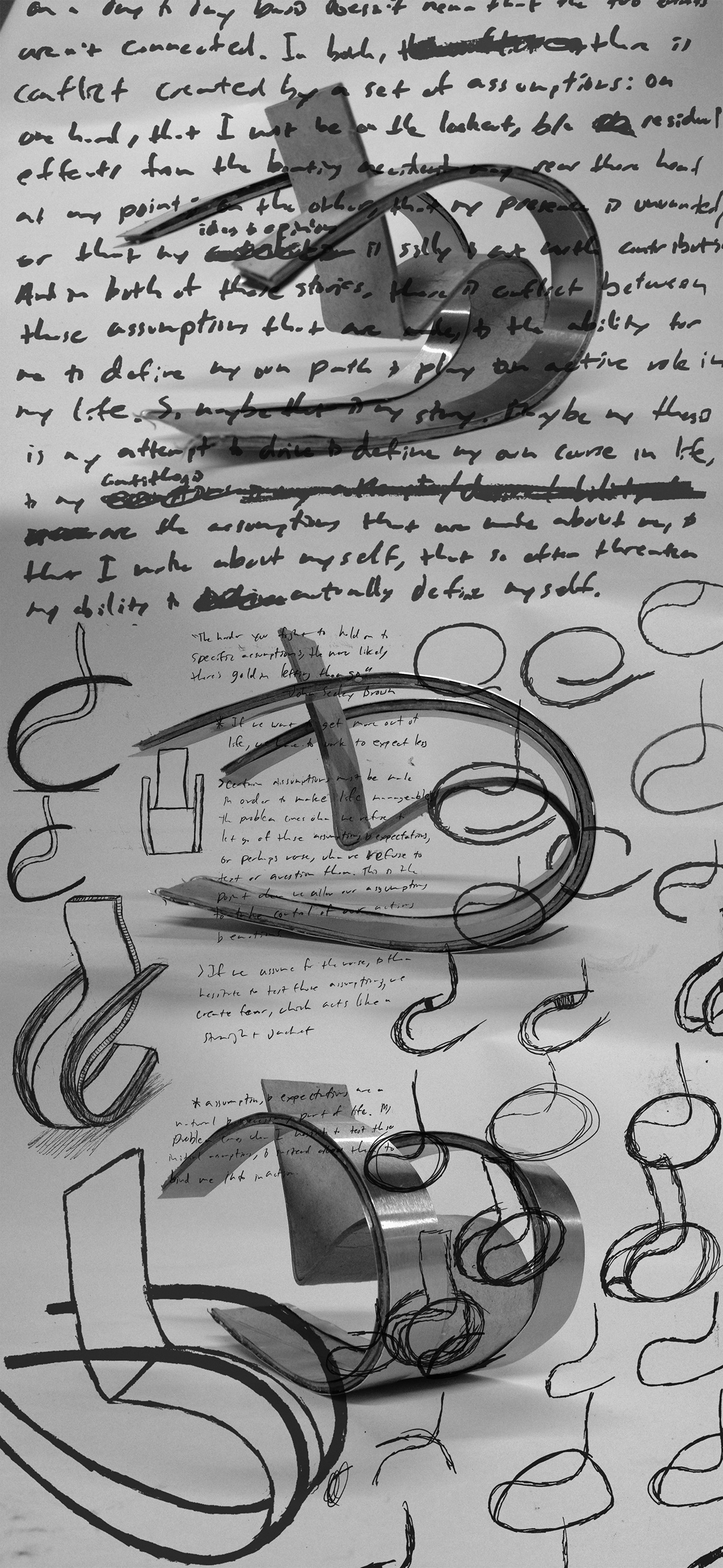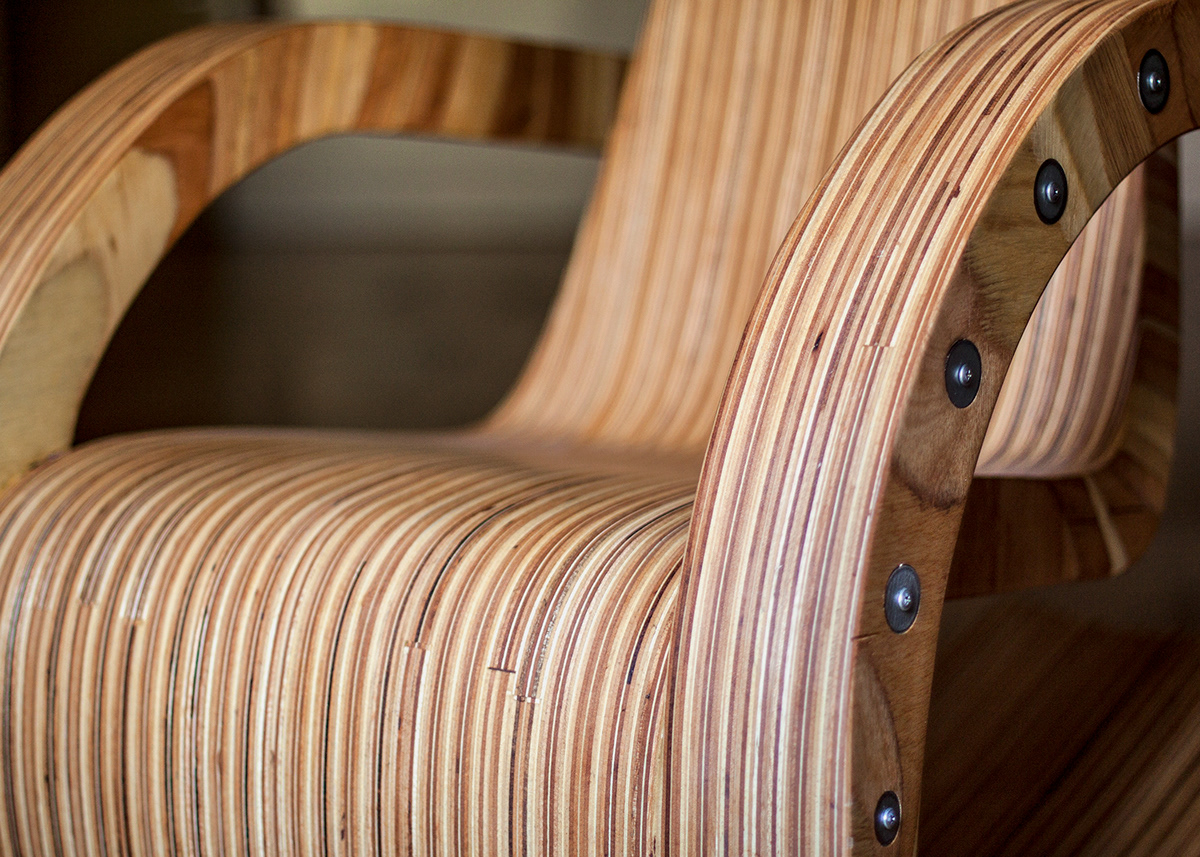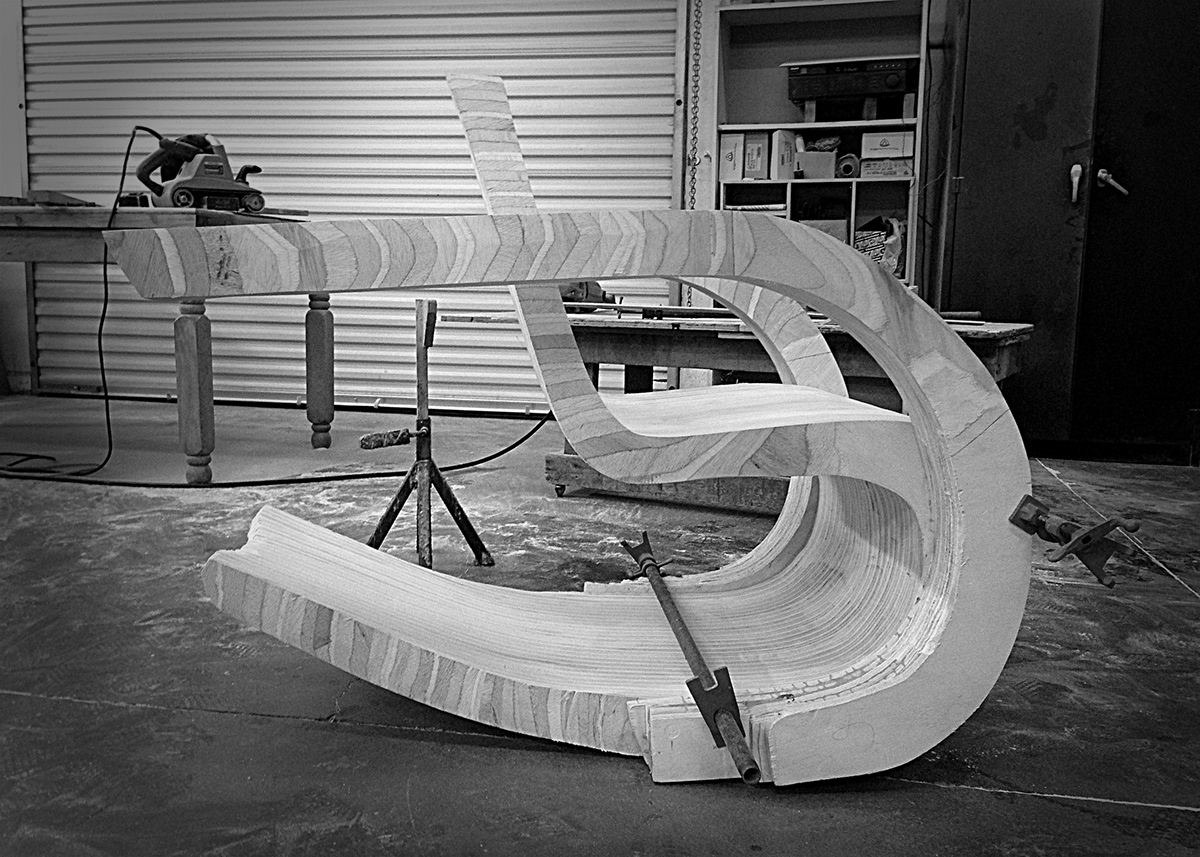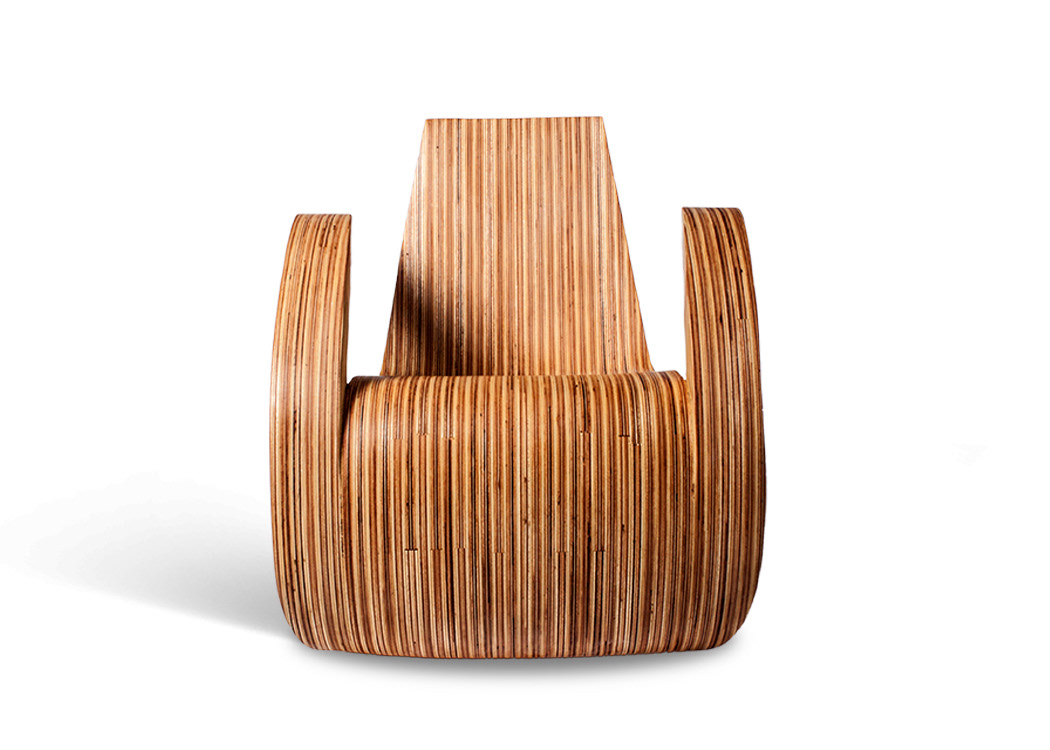
“Because secrets do not increase in value if kept in a gore-ian lockbox, because one’s past is either made useful or else mutates and becomes cancerous. We share things for the obvious reasons: it makes us feel un-alone, it spreads the weight over a larger area, it holds the possibility of making our share lighter.”
Dave Eggers, A Heartbreaking Work of Staggering Genius
Rooted in a personal narrative, the Let Go chair is designed based on a definition of freedom—breaking away from your structures of support, and finding the strength and courage to embrace and sustain yourself.
I was nine. My friend, Paul, and I were being pulled on an inner tube behind my parents’ motor boat. We were hit by another, faster boat. Paul was killed on impact. I spent two weeks in the pediatric Intensive Care Unit with orders not to be moved. During some of my darkest struggles, I have allowed myself to assume that my hardships were an inevitable aftershock of the boating accident. Over time, these assumptions became a convenient means of avoidance, enabling me to exist without resolving my anger, guilt, and sadness. Although this trauma is part of my personal history, I’ve realized it does not have to define me.
The chair’s form is based around the idea of breaking away from your support structures in order to find faith in yourself. At its base, the chair and the arms are a single piece of wood, which initially gives the chair its structure. As the form of the chair progresses, however, the body breaks away from the arms and begins to support itself. The bolts in the arms represent the idea that, even though our assumptions are created by us, they are not an intrinsic part of us. They are constructs, and we can, and must, choose to leave them behind.

Production



























